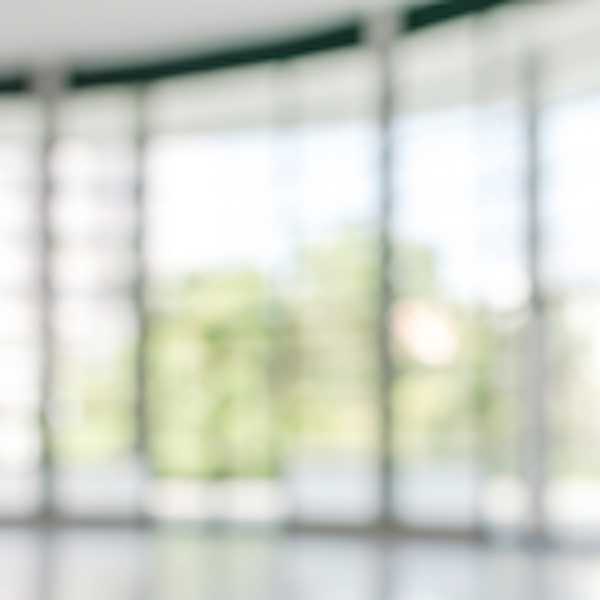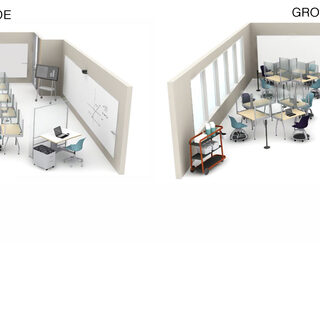Tradeline's industry reports are a must-read resource for those involved in facilities planning and management. Reports include management case studies, current and in-depth project profiles, and editorials on the latest facilities management issues.
Latest Reports
Trinity College Innovation Center
Trinity College’s new Innovation Center, located on the third floor of One Constitution Plaza in downtown Hartford, Conn., across from the school’s Liberal Arts Action Lab, is home to the academic/corporate partnership with InfoSys, a Digital Health CT accelerator, and new innovation and entrepreneurship programs for students. The open, flexible floor plan of the Common Area, which is open to all members of the Trinity community, gives occupants the freedom to reconfigure the space however they’d like. Other spaces include technology-enabled team huddle areas; an interactive work café with a variety of seating options, digital display, and writeable surfaces; enclosed meeting spaces; and small design studios.
Life Sciences Construction Remains Solid
Amid sobering reports of job losses in commercial real estate, coupled with months-long construction shutdowns in major markets like Boston and New York, the life sciences sector is poised to experience a less dramatic disruption, and possibly emerge from the pandemic even stronger than it was before. “COVID is a healthcare crisis, so it needs a healthcare solution, and that life sciences and biophparma solution has to be constructed,” says Kevin Chronley, vice president of A/Z Corp. and immediate past president of the Boston Area Chapter of International Society for Pharmaceutical Engineering (ISPE). Chronley predicts that construction will run the gamut from medical device manufacturing and biopharma laboratories to education and training facilities.
Rutgers University’s Richard Weeks Hall Brings Engineering to the Forefront on a Large Urban Campus
Rutgers University’s new 110,000-sf, $84 million Richard Weeks Hall of Engineering, designed by The S/L/A/M Collaborative (SLAM) and opened in 2018, provides state-of-the-art teaching suites and labs for concept development, pilot manufacturing, high-bay testing, rapid prototyping, and microfabrication in an interdisciplinary environment that serves students, faculty, and industry. In addition to smart classroom configurations, flexible learning laboratories, and collaborative work space, the building itself serves as a lab and allows for data gathering and hands-on learning. Rutgers’ 2014 strategic plan identified its School of Engineering as central to the university’s growth and success, and this LEED Gold-certified facility represents the first step in a physical master plan that supports both the school and university strategic plans.
Back to Campus: Guidance on Learning Space Planning, Protocols, Change Management
With this virtual school year coming to a close, college and university administrators are striving to envision how their campuses, and particularly learning spaces, might adjust in the near term when students return; 70 percent of institutions are working toward a fall reopening, according to the Chronical of Higher Education. Everything is on the table, from the physical (less dense seating in lecture halls, classrooms, and libraries; dividers between desks; and greater use of technology to reduce human contact) to the operational, including staggered schedules, enhanced cleaning protocols, new student codes of conduct, and strict pedestrian traffic flows. In order for these plans to succeed, alterations in the physical plant must be coupled with a comprehensive change management strategy for students, faculty, and staff.
How to Build a “Workhorse” Research Facility
Envision a highly adaptable, flexible, and sustainable research building, with maximized lab square footage and a thriving, collaborative, and cross-disciplinary environment. Arizona State University attained this vision of a workhorse facility through a first-time building delivery partnership. Both the vision and its realization focus on answering one question: How much research space can we get? “Through the lens of a ‘space manager,’ I’m always trying to get the highest and best use of space out of the university’s available square footage,” explains Erik Halle, senior director of Research Facilities and Infrastructure at Arizona State. “With Biodesign C, we wanted to see how far we could push that.”





